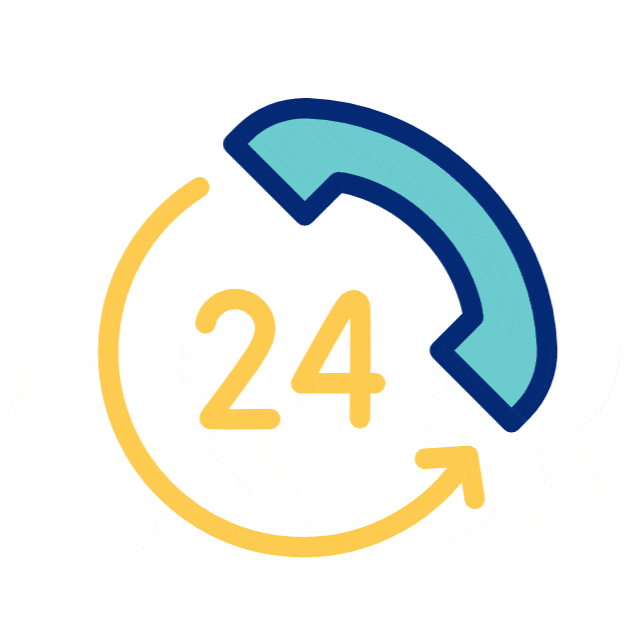Category : Urology
Urodynamic Study
Visit Department of UROLOGY, JSS Hospital, Mysuru
What is Urodynamics?
Visit Department of UROLOGY, JSS Hospital, Mysuru
Urodynamic studies (UDS) is a study used to test the functioning of Bladder, uretheral sphincter and urethra. This test shows how well the bladder works and helps to identify why there could be leaks or blockages in the lower urinary tract.
Why Would I Need Urodynamics?
Urodynamic study helps to find the cause of problems related to:
- Urine leaks/controlling your urine
- Bladder not emptying completely
- The need to go to pass urine too often
- The need to go to pass urine suddenly/urgently
- Slow urine flow/ straining to pass urine
- Urine flow stopping and starting (intermittent flow )
- Getting urinary tract infections often
Aims of UDS study:
- To diagnose the underlying cause of lower urinary tract dysfunction.
- To characterize the lower urinary tract dysfunction.
- To formulate treatment strategies.
- To improve therapeutic outcomes.
- To educate patients regarding their condition.
How Does the Lower Urinary Tract Usually Work?
- Your lower urinary tract includes the bladder and urethra.
- The bladder is a balloon-shaped organ that stores urine. It is held in place by pelvic muscles in the lower part of your belly.
- The bladder is relaxed when it isn’t full. Nerve signals in your brain let you know that your bladder is getting full.
- When it is full, you feel the need to pass urine. The brain then tells the bladder muscles to squeeze (or “contract”). This forces the urine out of your body through urethra.
- Your urethra has muscles called sphincters. They help keep the urethra closed so you don’t leak urine before its time. These sphincters open up to release urine when the bladder contracts.
Things To Do Before Proceeding To UDS:
- Proper Clinical History.
- Voiding diary
- Urine culture – to exclude urinary tract infection
- Physical Examination
- Local & systemic examination
- Neurological evaluation –to check integrity of sacral arc
Components of UDS:
- Post Void Residual Urine (PVR)
- Uroflometry
- Cystometry (CMG)
- Pressure Flow Study (PFS)
- Urethral Function Tests
- Videourodynamics
- EMG
- Combination of tests
Multi-channel urodynamics
Preparation:
- Consultation: Make an appointment with a medical professional. Giving accurate information about any medications patient is taking and any underlying medical conditions is crucial.
- Hydration: Follow the healthcare provider’s instructions and drink enough water before the test.
- Medication Modification: Comply with any pre-test medication modifications recommended by doctor.
- Track of Urination Pattern: Keep a voiding journal for a day or two prior to the test.
- Empty Bladder: In order to ensure accurate measurements during the procedure, it is typically advised that patient must completely empty the bladder prior to the urodynamic test.
- Clothing That Is Loose and Comfortable: On the day of the test, dress comfortably. Wearing clothing that is easily removed can be helpful because the patient might need to undress completely.
Procedure:
- Explanation: Any queries or concerns one may have will be addressed by the healthcare provider.
- Catheter Insertion: A small, flexible catheter will be inserted through the urethra into the bladder. Although there may be some discomfort, most people can tolerate this.
- Catheter placement: A measuring device that records the pressures inside the bladder is connected to the catheter. Depending on the specific tests being performed, additional catheters or sensors may be inserted into the rectum or vagina to measure abdominal or urethral pressures.
- Filling Phase: The bladder is gradually filled with sterile fluid during the filling phase, and the patient will be asked to report any bladder fullness, urgency, or leaks he/she may feel.
- Voiding Phase: The healthcare provider may ask patient to urinate while the catheters are still in place so they can monitor the pressure and flow rate.
- Test finalization: The catheters will be taken out after the required information has been gathered, marking the test as finished. The patient might be instructed to urinate before leaving the medical facility
What Happens After A Urodynamic Test?
Following a urodynamic examination, the following typically occurs:
- Catheter Removal: The medical professional or nurse will take out any catheters used during the test.
- Discomfort and Urinary Symptoms: Immediately following the procedure, the patient might feel a little lightheaded or may have urinary burning sensation or urgency.
- Results and Follow-Up: The healthcare provider will analyse the urodynamic test’s recorded data. He will advise patient regarding his medical condition and treatment for the same.
- Resuming Regular Activities: After the test, one can typically resume his/her regular activities.
Reporting Symptoms: It’s critical to get in touch with the healthcare provider right away if the person notice any new or worsening symptoms, such as increased pain, fever, or trouble urinating. They will be able to address any worries and offer the proper guidance.
JSS Hospital,
M. G. Road, Mysuru-570004,
Tel: 0821-2335555,
Email: contact@jsshospital.in,
Website: www.jsshospital.in





